HKU finds aerosol transmission an important mode of influenza virus spread within household
The School of Public Health, The University of Hong Kong Li Ka Shing Faculty of Medicine announces important findings on transmission of influenza virus. Researchers find that small respiratory droplets that remain airborne for long periods account for the spread of around half of influenza A infections within households. It implies that the current strategies focus on preventing the transmission of influenza via large respiratory droplets within the household, like wearing masks and washing hands, may need to be reconsidered. This finding has been published in a prestigious international journal Nature Communications this week.
Research Implications
One of the researchers, Dr Ben Cowling, Associate Professor of the School of Public Health, HKU Li Ka Shing Faculty of Medicine, indicates, "The current measures used to prevent transmission, like wearing surgical masks and washing hands, did not substantially change the overall infectious risk for household contacts even though they may have reduced the risk of infection by large droplets. This study confirms that aerosol transmission is an important mode of influenza virus spread within cohabiting individuals. Keeping good ventilation may be a useful intervention to further prevent spreading of influenza within households."
Research method and findings
Influenza A viruses spread through exposure to respiratory droplets expelled during coughing or sneezing from infectious individuals. Epidemiologists distinguish two modes of respiratory droplet transmission, which include transmission through larger droplets that settle to ground within 1-2 meters from the source, and smaller infective droplets with a diameter below 5 microns (1 micron = 1 millionth of a metre) that can remain airborne for longer periods; the latter are referred to as aerosols. Base on previous studies, the former could be prevented by wearing mask and washing hands, but the same measures are not likely to be so effective for the prevention of the latter.
Dr Ben Cowling and colleagues studied 275 and 507 families in Hong Kong and Bangkok, respectively, and analysed data on family members that were randomly allocated to adopt hand-washing and mask precaution measures so as to study their efficacy.
This research built on the hypothesis that clinical presentation of influenza is different depending on the mode of transmission, with aerosolized influenza A viruses causing more "typical influenza-like disease" with fever and cough compared to infection with larger droplets. And then, they used a mathematical model inferring the contribution of each mode to transmission of influenza A virus in households for estimation. They find that, after adopting hand-washing and mask precautions, there are still half cases that get infected through aerosol. This implied that aerosol transmission is an important mode of influenza virus spread within cohabiting individuals.
Dr Cowling says, "The importance of aerosol transmission implies that the possible control strategies to prevent the spread of influenza within households may need to be reconsidered. Better ventilation or perhaps home humidification in the winter could reduce aerosol and so as the risk of aerosol transmission. However vaccination remains the best preventive measure against influenza."
About research team
This project was supported by the US Centers for Disease Control and Prevention as part of a series of studies to explore the effectiveness of simple interventions such as face masks and hand washing in reducing the spread of influenza. Additional analysis of the data was supported by the US National Institutes of Health via the Harvard Centre for Communicable Disease Dynamics at the Harvard School of Public Health.
The original study was conducted by the School of Public Health, The University of Hong Kong Li Ka Shing Faculty of Medicine, in 2008-09 and the modeling analyses were conducted in 2012. The study is financially supported by the US National Institutes of Health, the University Grants Committee of Hong Kong.
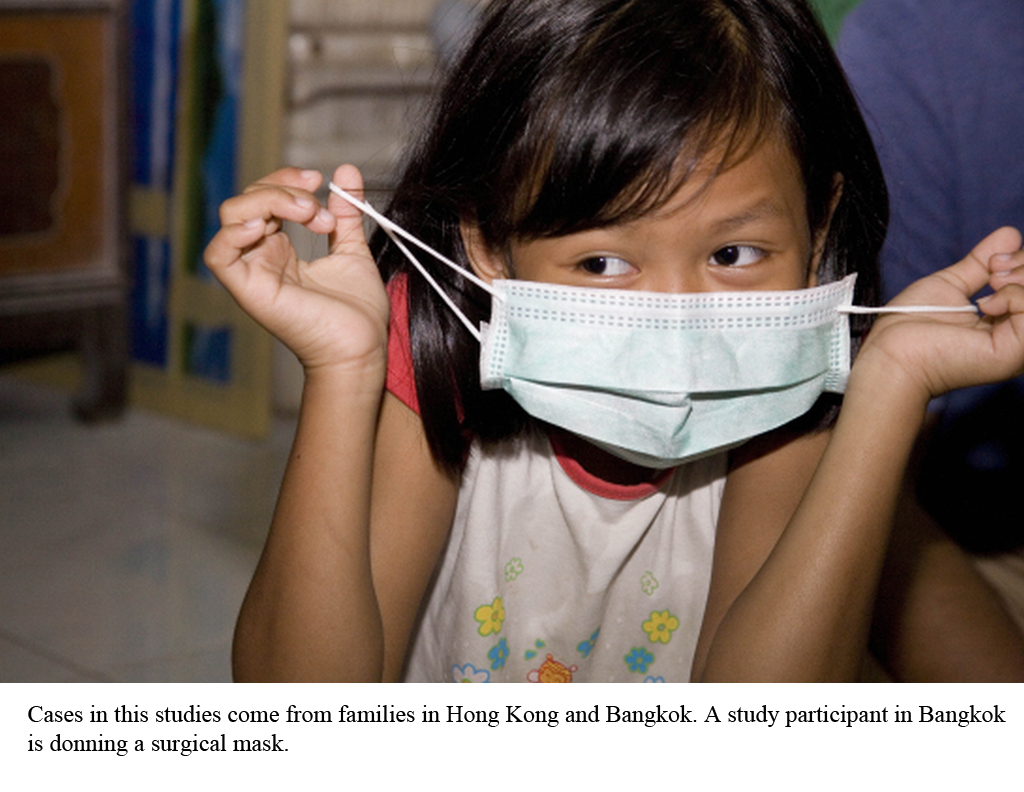
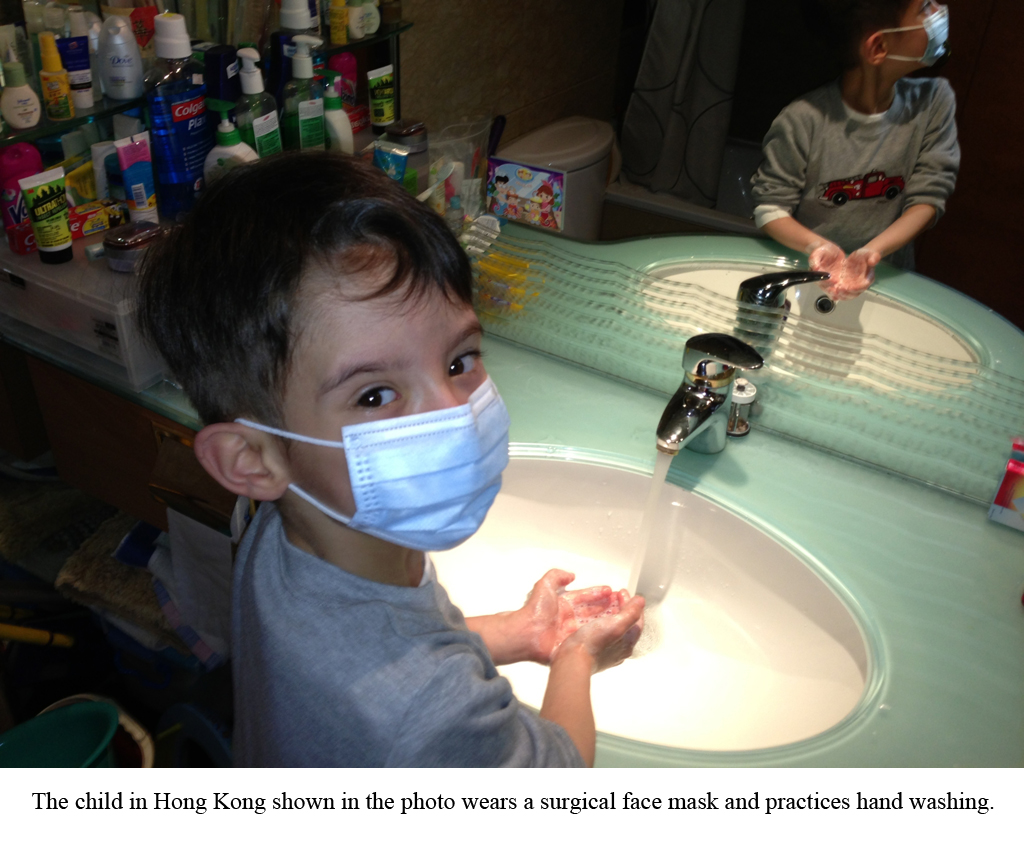
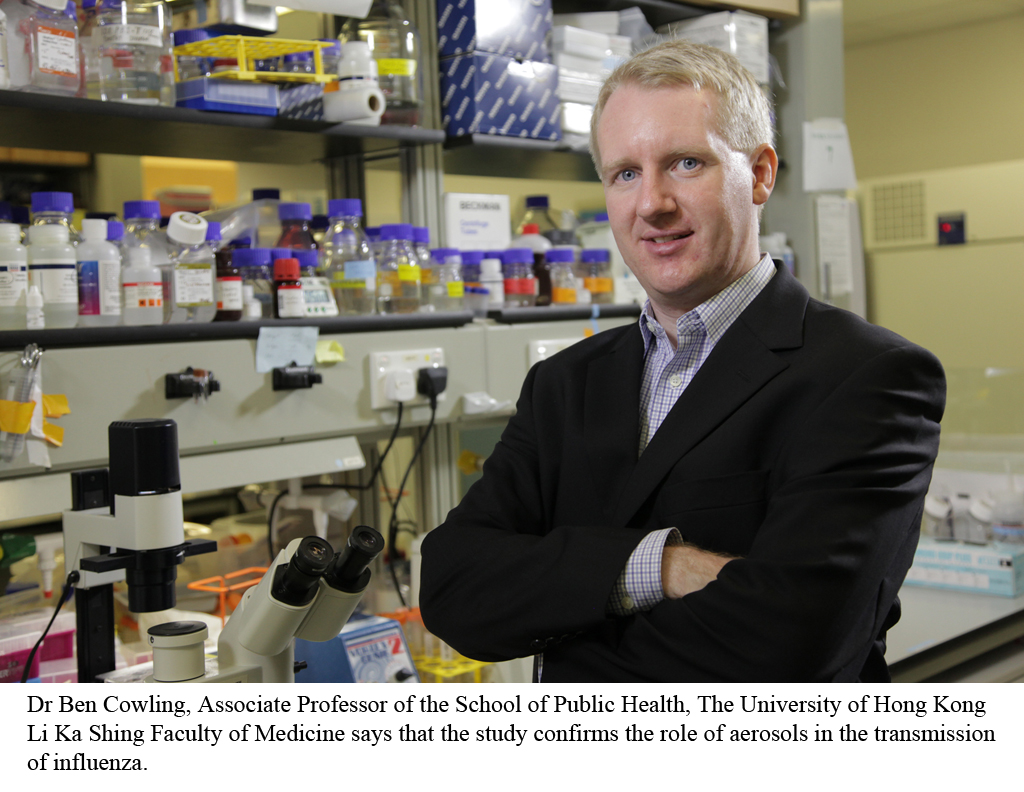


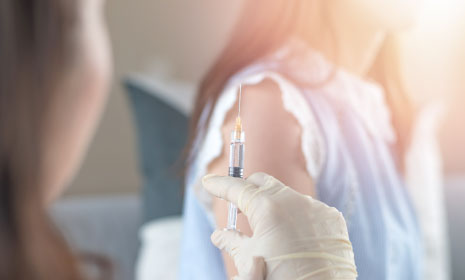
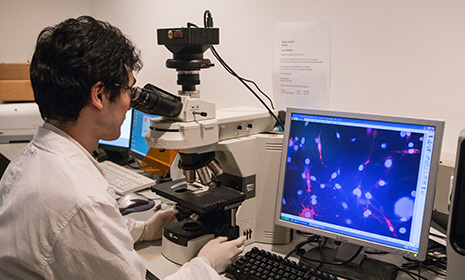
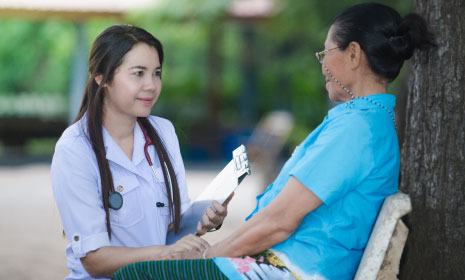




.png)
